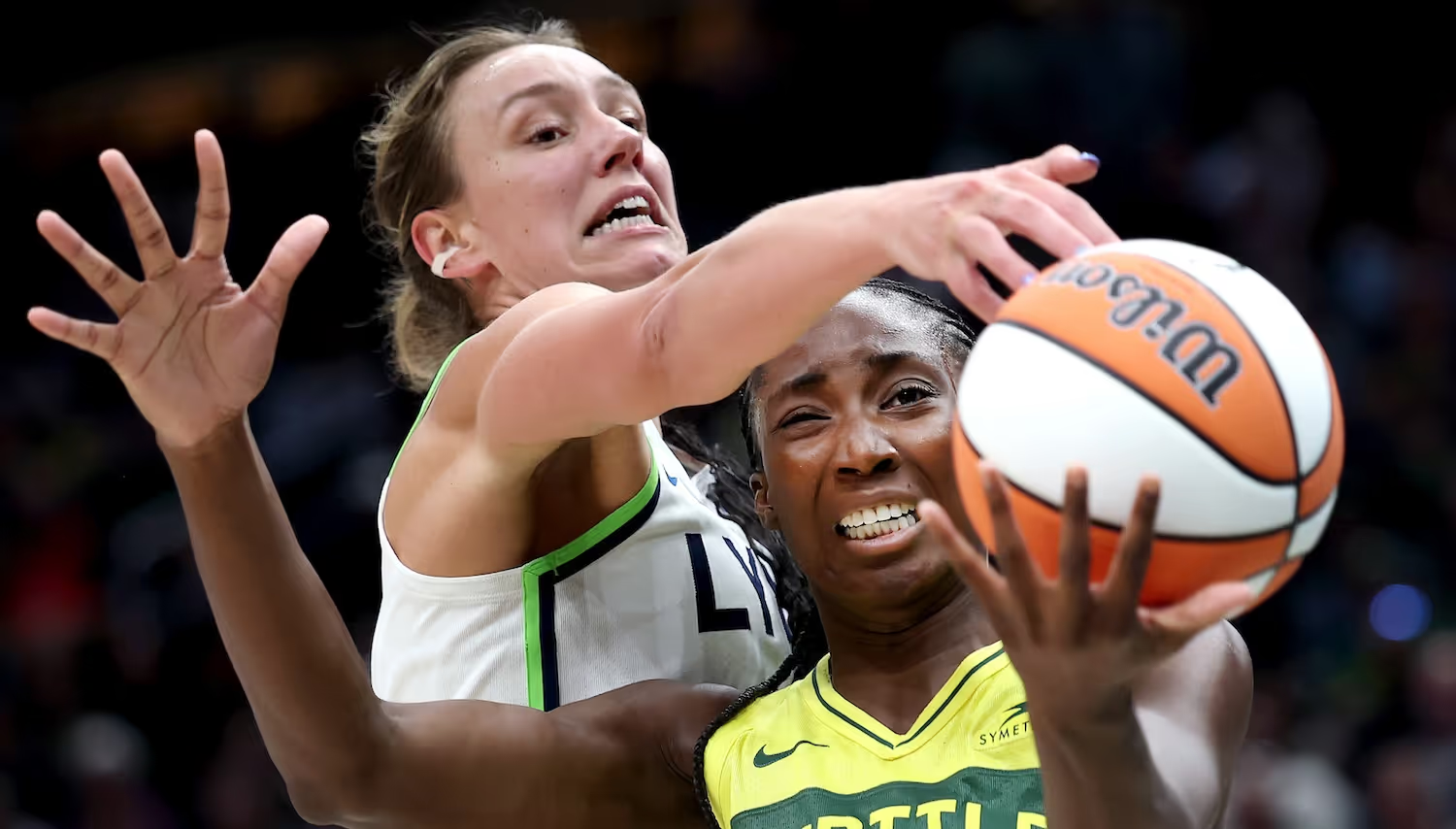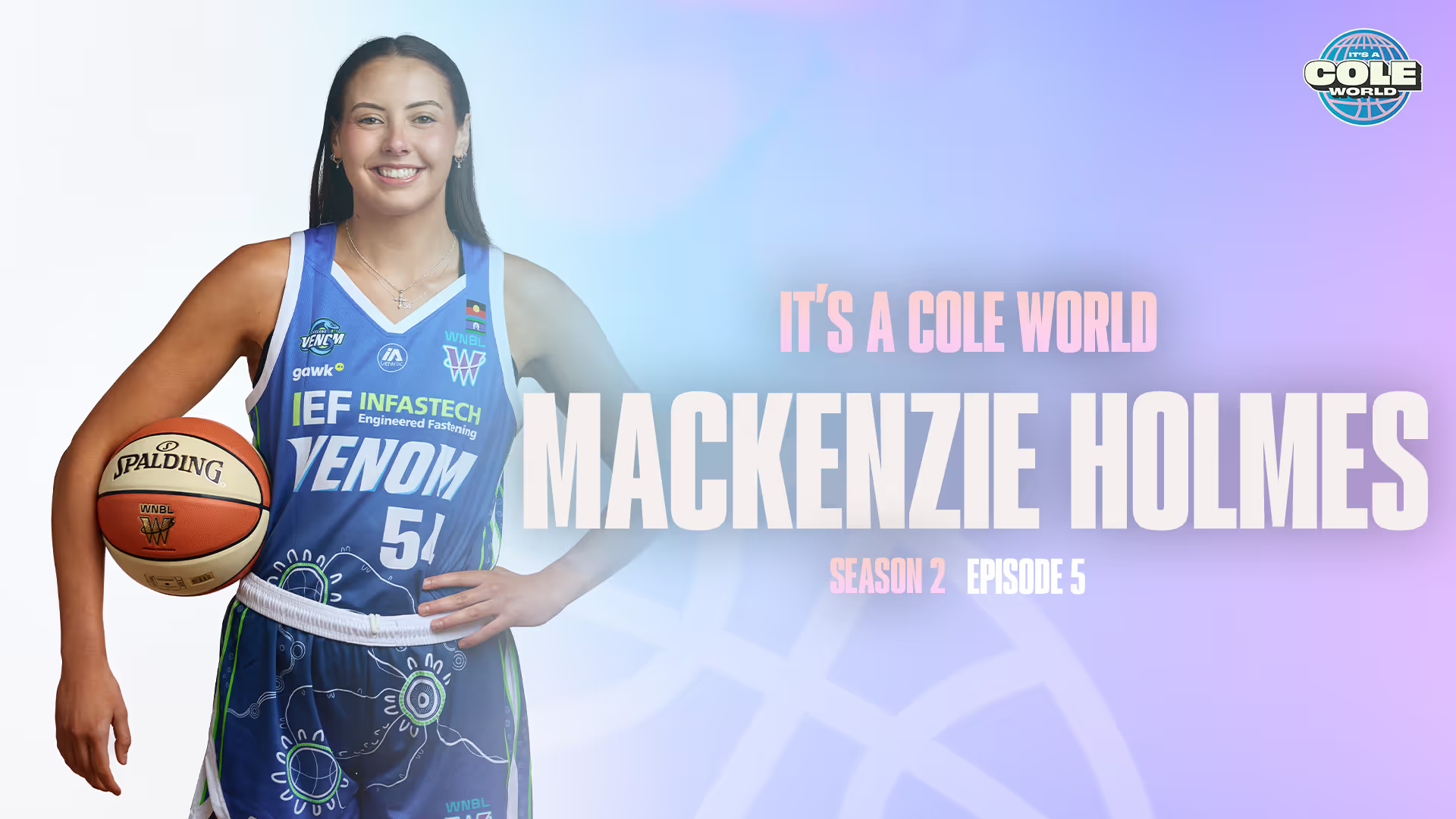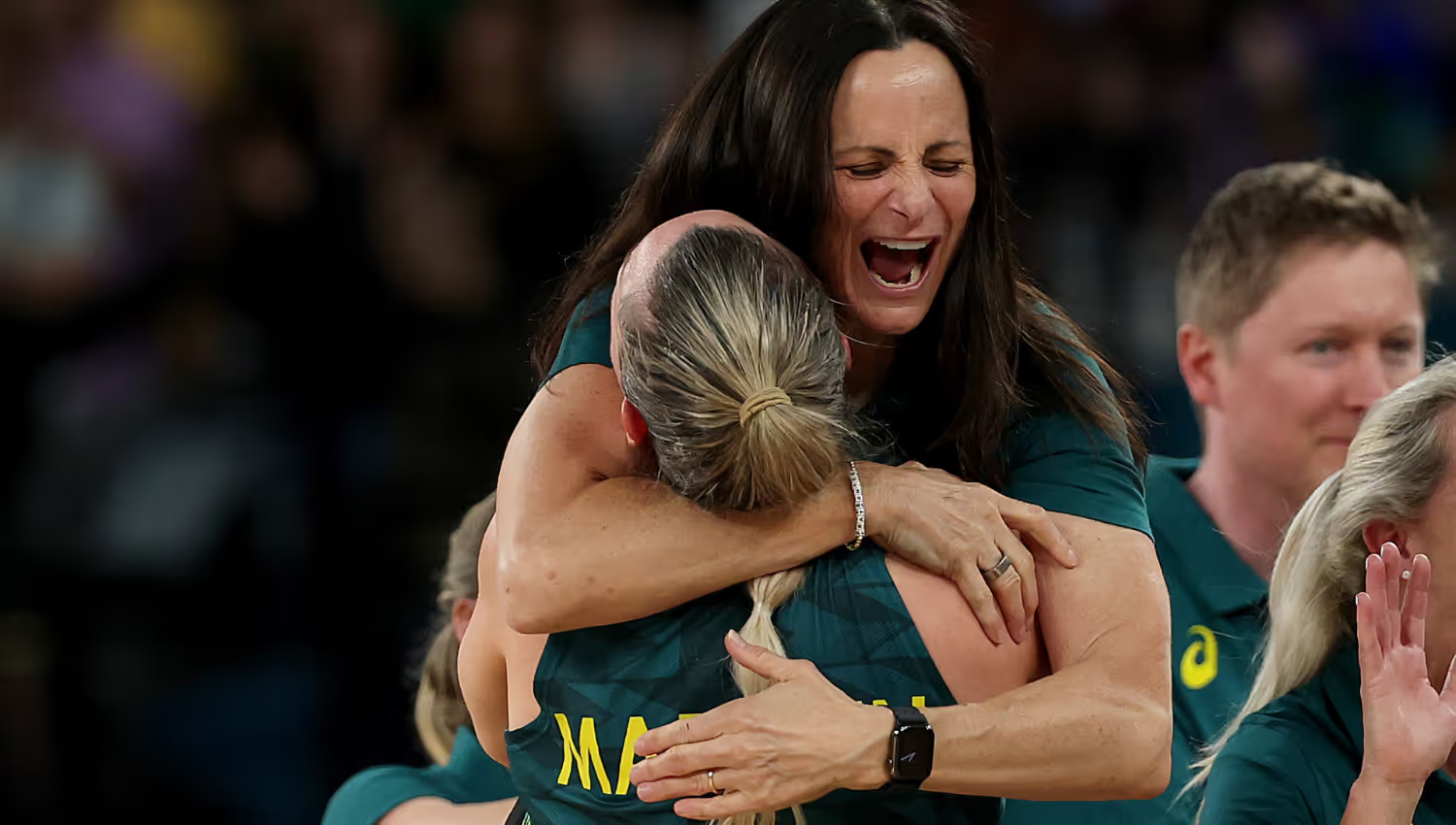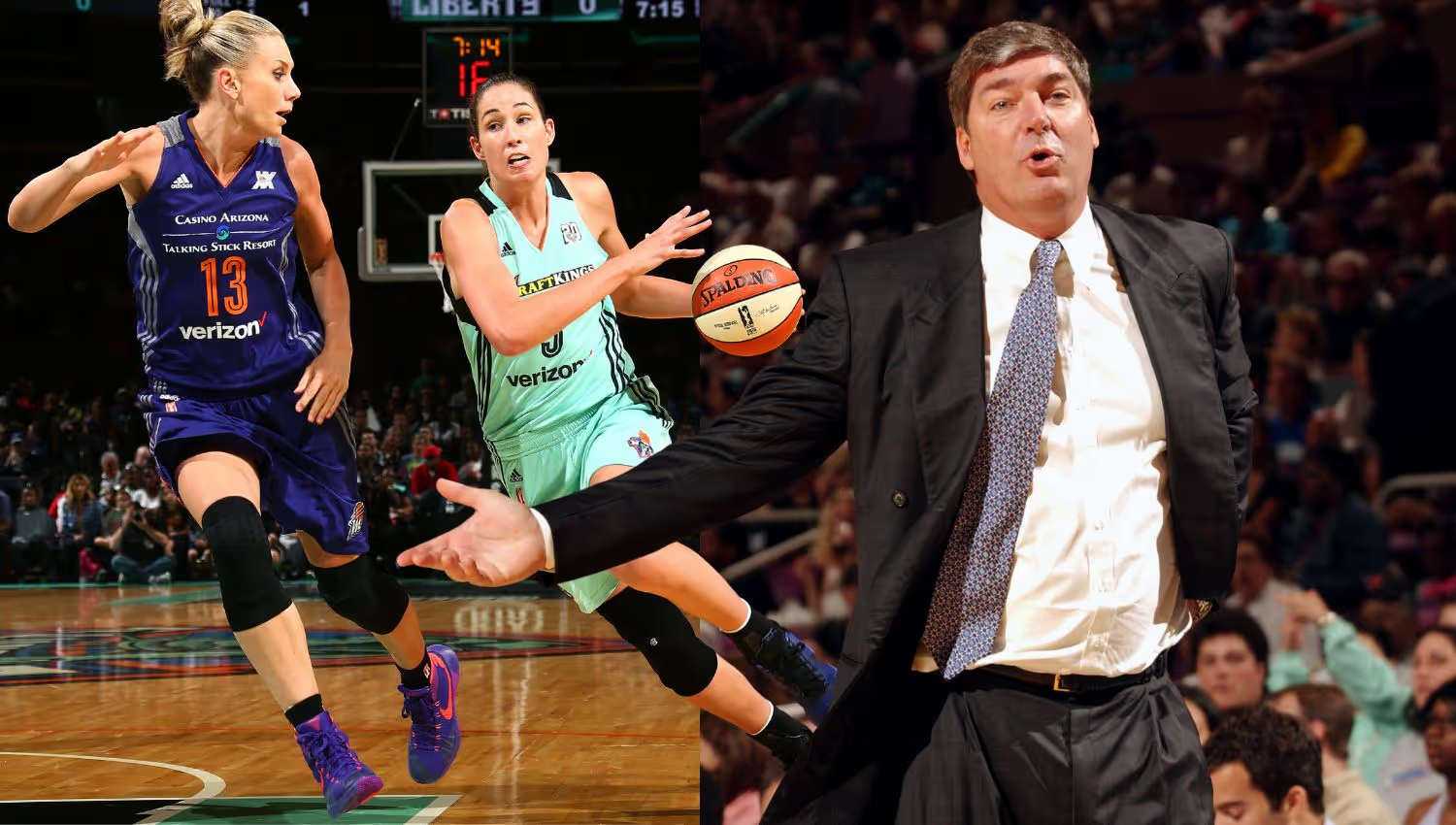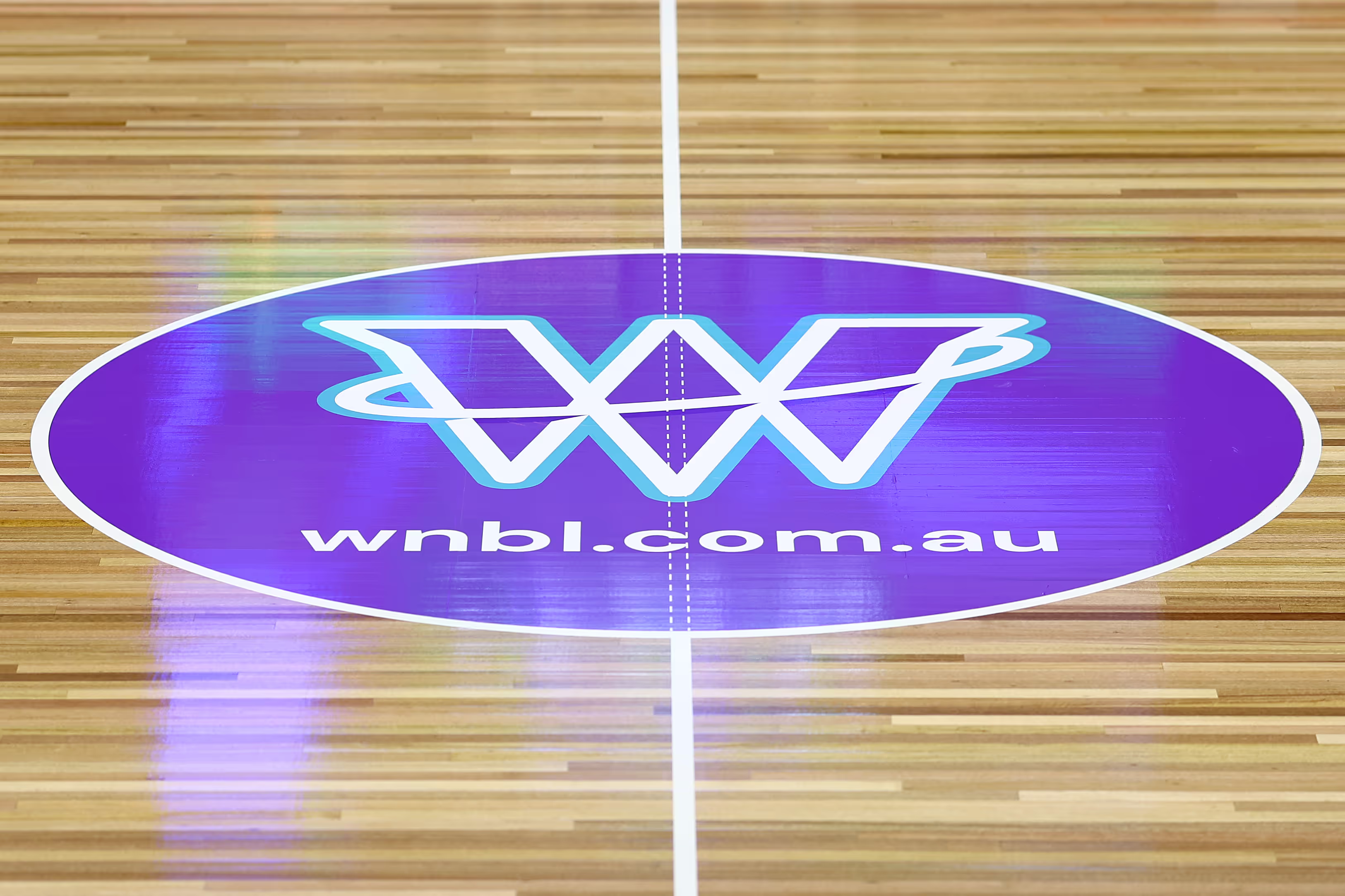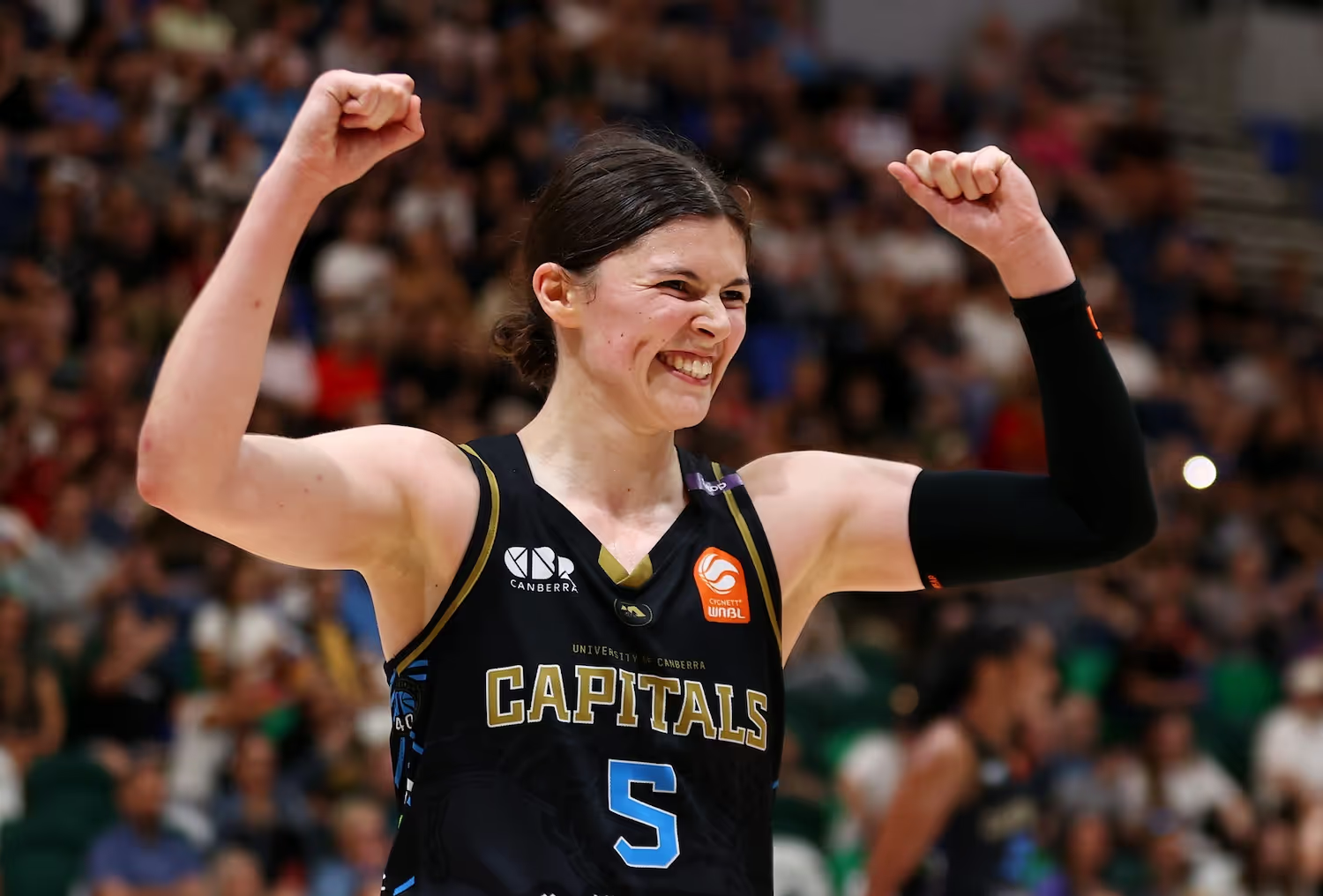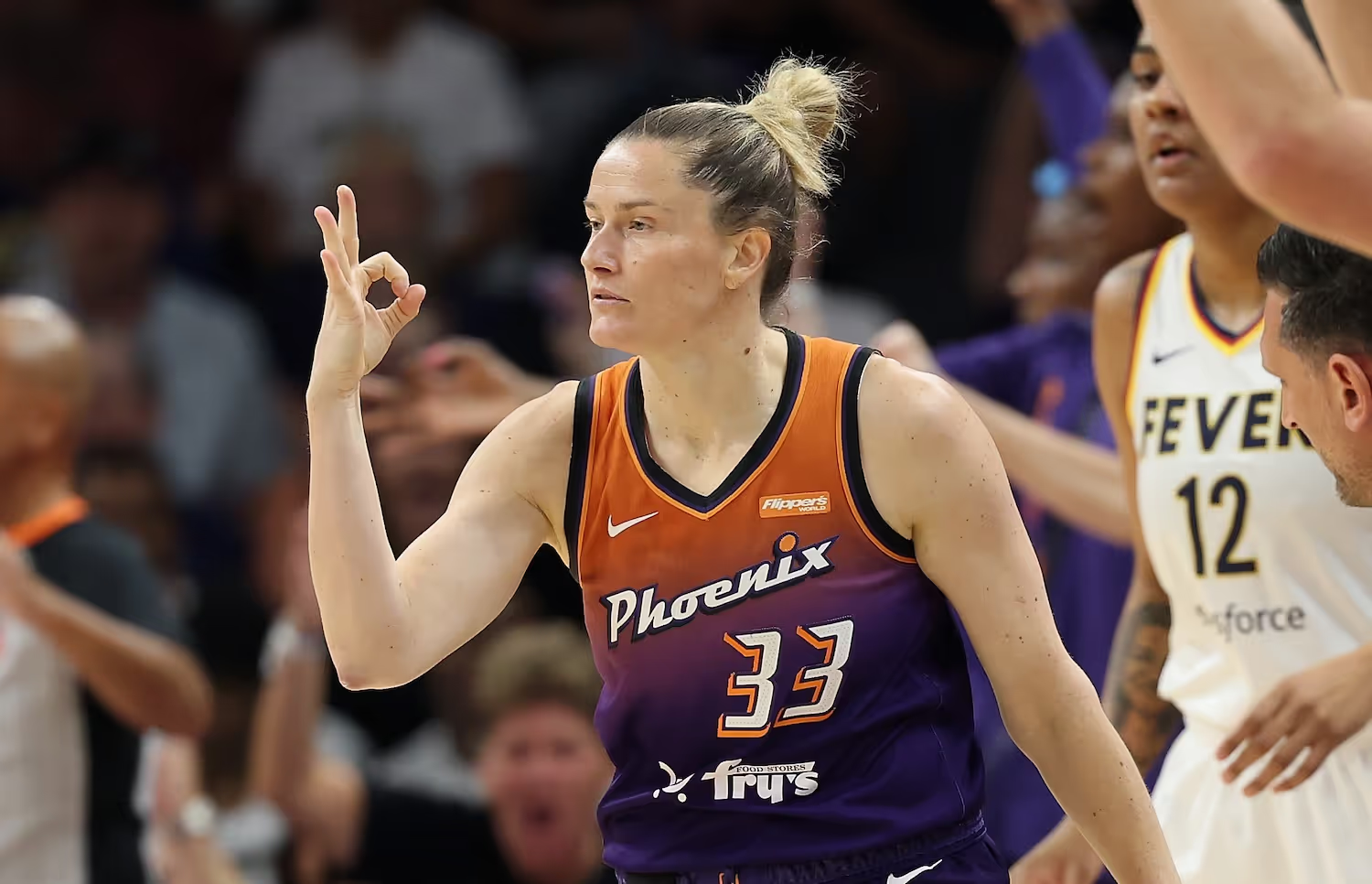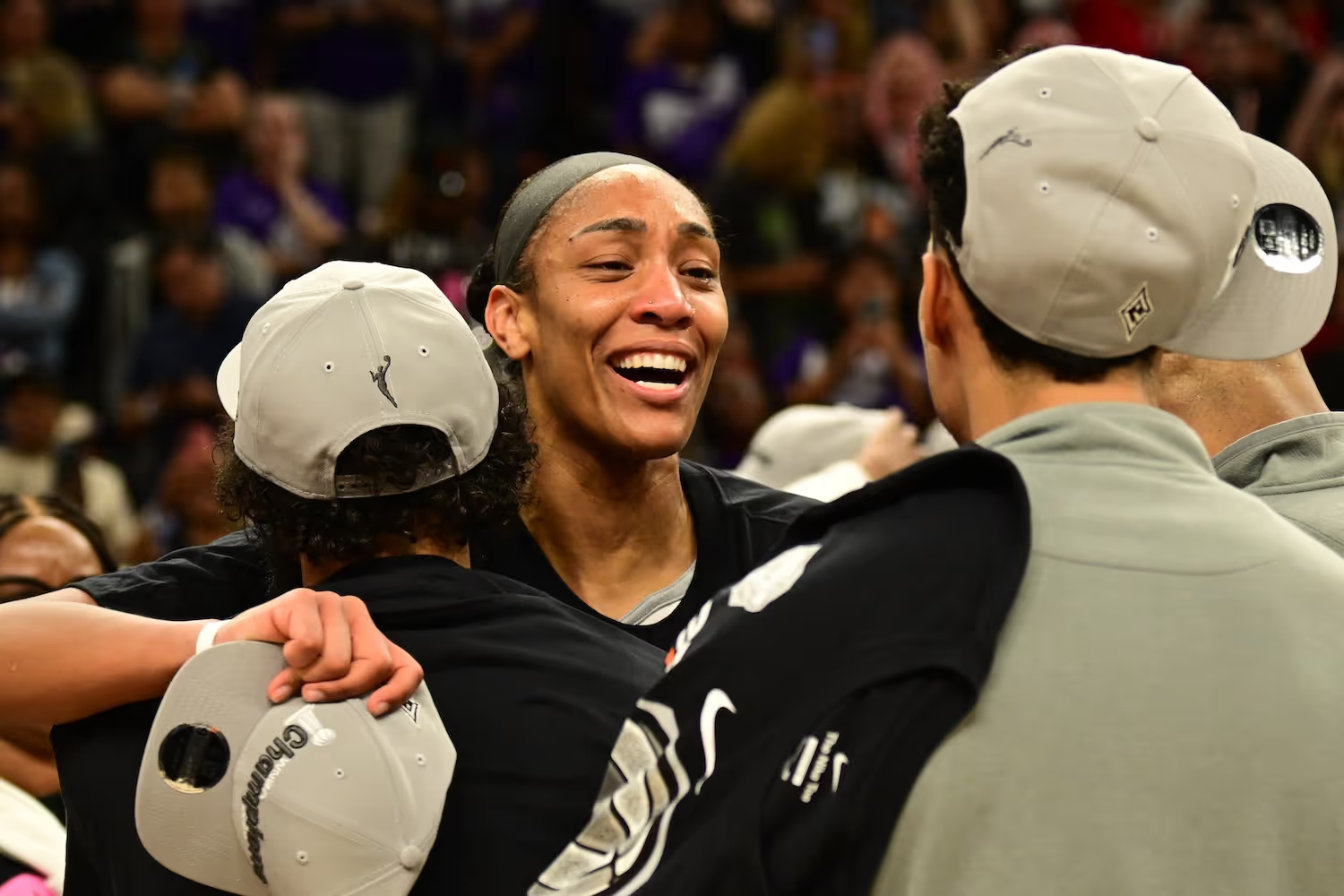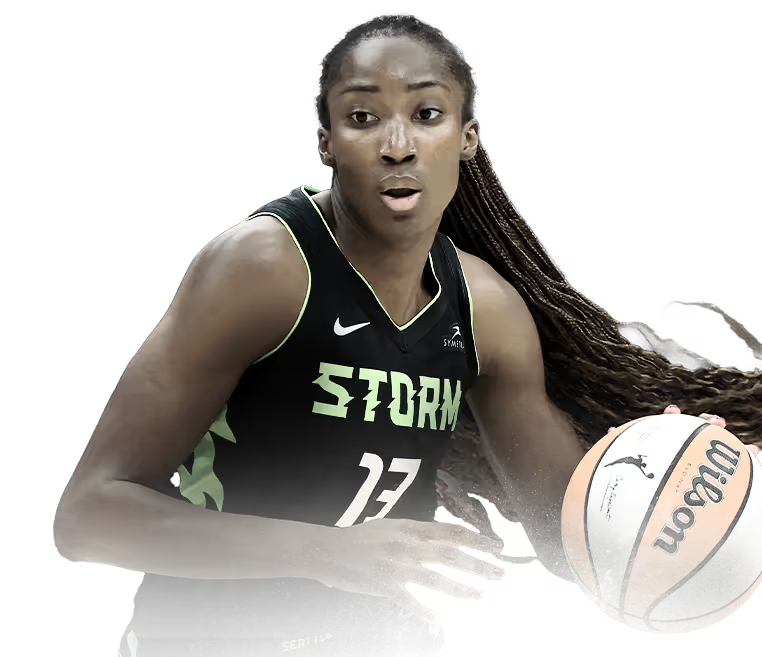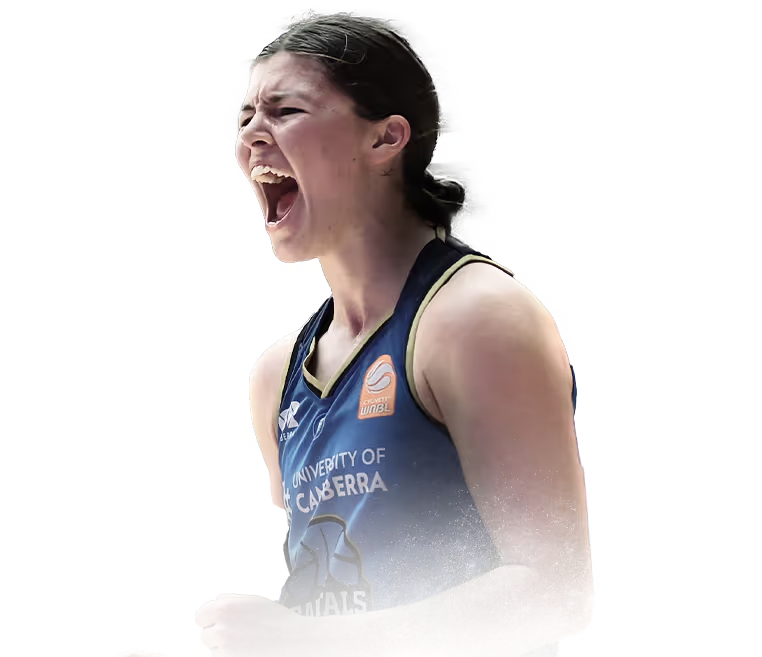

22
Oct
5 min read
A definitive history of the WNBA
A definitive history of the WNBA: A journey of growth, struggle, and triumph
The Women's National Basketball Association (WNBA) is the premier professional women's basketball league in the world. Since its inception in 1996 and inaugural season in 1997, the WNBA has played a pivotal role in advancing women’s sports, fostering gender equality, and providing a platform for some of the best female athletes to showcase their talent.
The league has grown steadily despite challenges, achieving remarkable milestones in both sports and society. Here’s an in-depth look at the history of the WNBA, from its humble beginnings to its ongoing pursuit of success and recognition.
The Foundation of the WNBA: Setting the Stage (1996–1997)
The WNBA was founded on April 24, 1996, by the National Basketball Association (NBA), in an era when women’s sports were beginning to gain more visibility in the United States. The NBA had long considered launching a women’s league, but it wasn’t until the success of women’s basketball in the 1996 Summer Olympics — where the United States won gold — that momentum truly built for its creation. This victory showcased the extraordinary talent of American women’s basketball players and sparked public interest.
The WNBA’s slogan, “We Got Next,” underscored the league's vision of providing an opportunity for elite women’s players to compete at the highest level, in parallel to the NBA. The league's ownership structure initially consisted of NBA franchises, with several NBA teams establishing WNBA counterparts. For example, the New York Liberty (owned by the New York Knicks), Los Angeles Sparks (owned by the Los Angeles Lakers), and Phoenix Mercury (owned by the Phoenix Suns) were among the eight original WNBA teams.
On June 21, 1997, the WNBA held its first-ever game between the New York Liberty and the Los Angeles Sparks at the Great Western Forum in Los Angeles. With Hall of Famer Lisa Leslie playing for the Sparks and future WNBA legend Rebecca Lobo on the Liberty, this game marked the beginning of a new era in women’s basketball. The Liberty won 67-57, and the game set the tone for what would become a long-standing league dedicated to growing women’s professional sports.
Early Growth and Challenges (1997–2000)
The WNBA's early years were marked by the emergence of star players and the league’s commitment to promoting women’s basketball. Players such as Cynthia Cooper, Sheryl Swoopes, and Tina Thompson of the Houston Comets became household names as they led their team to four consecutive WNBA championships (1997-2000), setting the Comets as the first dynasty of the league.
Cynthia Cooper, in particular, dominated the league's early years, winning WNBA Finals MVP four times and establishing herself as one of the greatest players in women’s basketball history. Cooper’s scoring ability, leadership, and charisma helped the league gain credibility and capture the attention of sports fans, many of whom were being introduced to women’s professional basketball for the first time.
The league initially found moderate success, with strong fan support in some markets. However, the WNBA also faced challenges, including financial struggles, lower-than-expected attendance in some cities, and media skepticism about the viability of a professional women’s basketball league. The WNBA’s early connection to the NBA provided a lifeline, but questions about long-term sustainability persisted.

Expanding Horizons: New Teams and Increased Visibility (2000s)
As the WNBA entered the 2000s, the league worked hard to stabilise and grow. In 2002, the WNBA expanded its team roster, adding new franchises such as the Seattle Storm and Connecticut Sun. These expansions came at a time when women’s sports were gaining momentum, thanks in part to Title IX and a general cultural shift toward recognising women’s athletic potential.
The WNBA also introduced a key change by moving toward independent ownership, with teams being sold to local owners rather than being operated directly by NBA counterparts. This was a significant step in the league’s development, as it allowed teams to establish their own identities, business models, and fan bases outside the shadow of their NBA affiliates.
In 2001, the league also embraced a new slogan: “We Got Game.” This slogan shift reflected the growing confidence of the league and its players, who were now well-established as elite athletes deserving of recognition and respect on their own terms.
The 2000s saw the rise of new stars such as Sue Bird, Diana Taurasi, and Tamika Catchings, who became the faces of the league for the next decade. These players elevated the WNBA’s visibility through their skill, leadership, and personalities, helping to broaden the league’s fan base. Bird and Taurasi, both of whom played for the Seattle Storm and Phoenix Mercury, respectively, became synonymous with championship success, as they each led their teams to multiple WNBA titles.
New Milestones and Growing Popularity (2010s)
The 2010s marked a period of growth, innovation, and cultural significance for the WNBA. During this time, the league began to attract more attention from both fans and media, thanks in part to greater media coverage, the rise of social media, and the league’s commitment to addressing social issues.
On the court, Maya Moore of the Minnesota Lynx became a dominant force. Moore led the Lynx to four WNBA championships (2011, 2013, 2015, 2017) and solidified her status as one of the greatest players in WNBA history. The Lynx's rivalry with the Phoenix Mercury during this era captivated fans and produced some of the most thrilling playoff series in league history.
The WNBA also made strides in terms of pay equity and player empowerment. In 2020, the league signed a landmark Collective Bargaining Agreement (CBA) that provided players with higher salaries, better benefits, and improved maternity leave policies. This CBA was a major victory for WNBA players, many of whom had been advocating for better conditions for years.
Off the court, the WNBA and its players became leaders in social activism. WNBA players were at the forefront of movements advocating for racial justice, LGBTQ+ rights, and gender equality. In 2020, the league dedicated its season to social justice, with players wearing jerseys bearing the name of Breonna Taylor, a Black woman killed by police, and supporting the Black Lives Matter movement.

The Modern Era: Embracing the Future (2020s)
As the WNBA moves into its third decade, it continues to evolve and grow. The league has embraced new media partnerships, including deals with ESPN and CBS Sports, which have increased the visibility of games and brought women’s basketball to a larger audience. Social media has played a pivotal role in connecting players with fans, allowing the WNBA to grow its community and engage with younger audiences.
The talent level in the league is as high as ever, with superstars such as Breanna Stewart, A’ja Wilson, and Sabrina Ionescu leading the way. These players, along with rising stars such as Rhyne Howard and Aliyah Boston, represent the future of the WNBA and are pushing the boundaries of what women’s basketball can achieve.
In 2022, the WNBA announced plans to explore expansion to new cities, signalling continued growth and the league’s long-term ambitions. The WNBA also achieved record-breaking viewership numbers during the 2023 WNBA Finals, showcasing that interest in women’s basketball is on the rise.
The WNBA’s Legacy and Ongoing Impact
The history of the WNBA is a story of resilience, progress, and inspiration. Despite facing significant challenges—both financial and cultural—the WNBA has persisted and carved out its place in the world of professional sports. The league has provided a platform for female athletes to showcase their skills, build careers, and inspire future generations of players.
As the WNBA looks toward the future, its impact extends beyond the basketball court. The league has become a powerful advocate for social justice, gender equality, and empowerment, using its platform to drive positive change in society. The WNBA’s continued growth, innovation, and cultural relevance ensure that it will remain a vital part of the sports world for years to come.
From its founding in the late 1990s to its current position as a global force in sports and social justice, the WNBA’s history is a testament to the power of perseverance, talent, and the unwavering belief in the potential of women’s basketball. As the league continues to evolve, its influence will only grow stronger, inspiring new generations of players and fans alike.
Exclusive Newsletter
Aussies in your Inbox: Don't miss a point, assist rebound or steal by Aussies competing overseas. Sign-up now!






.jpg)
.avif)

